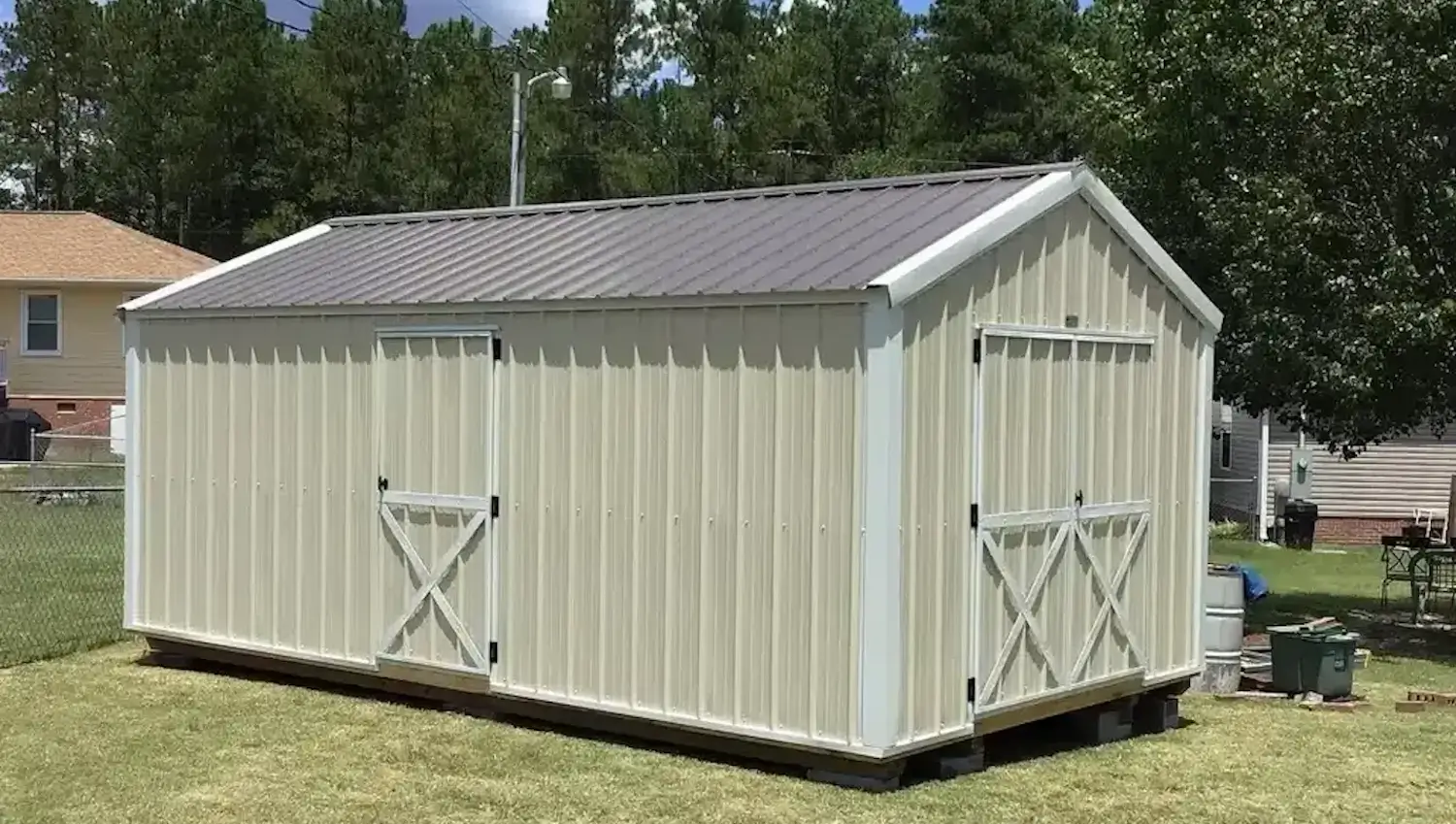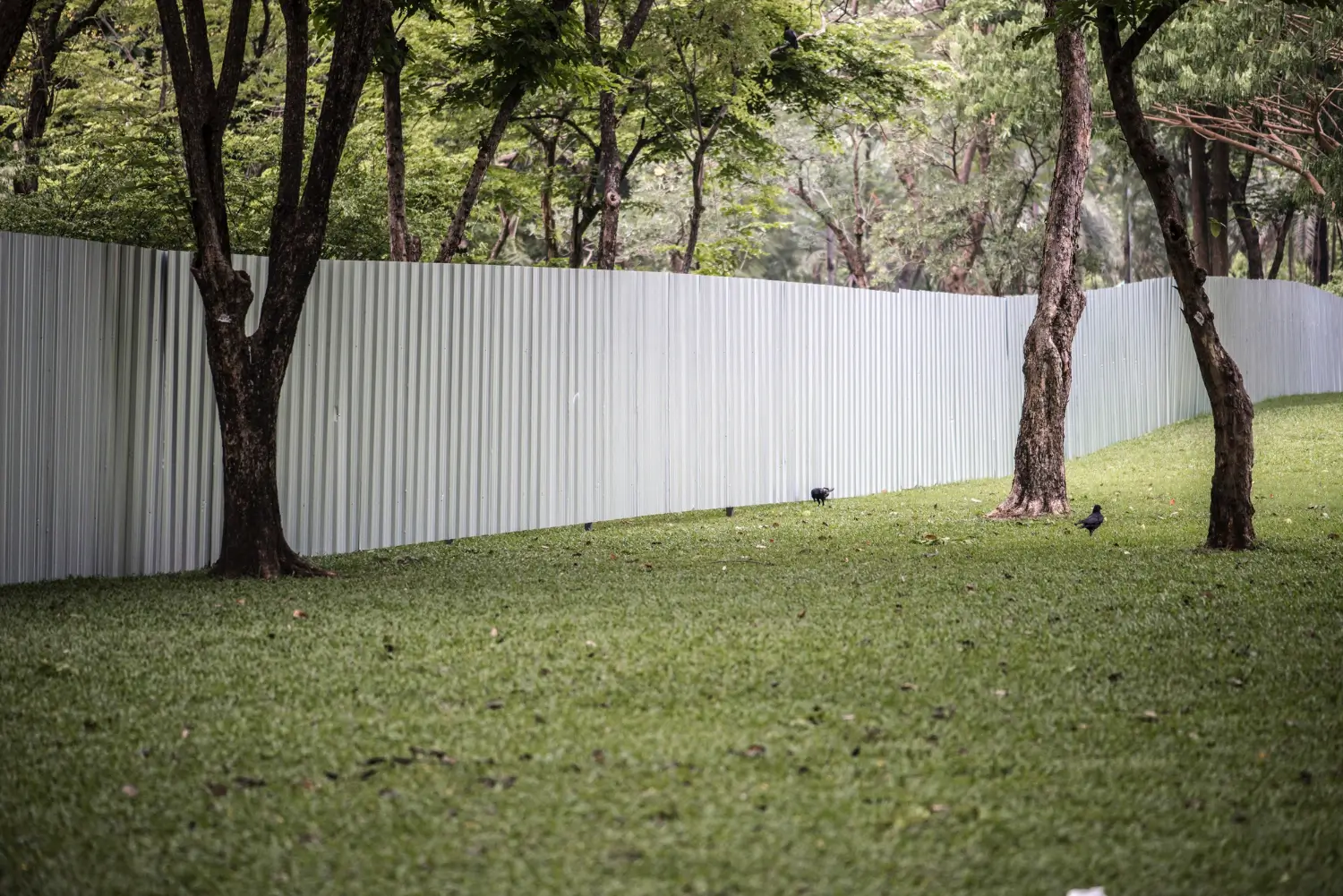
August 24, 2025

There are many homeowners who enjoy the aesthetic of a wood fence, although they quickly discover all the work that comes along with it. A wood fence requires regular maintenance like staining or painting, sealing and replacing boards that rot. Wood can rot, warp or be damaged by insects over time. Weekends are often spent on repairs and maintenance instead of enjoying the backyard. This can prove expensive and time consuming.
As a result of these issues, homeowners have been on the search for an alternative. There are several options available to consumers on the market today. Plastic fencing, also known as vinyl or PVC fencing is one of those. It was originally seen on farms and in industrial applications, but is now used for residential backyards on a regular basis. The answer is simple: it has strength, style and not much maintenance.
Plastic fencing, more commonly referred to as vinyl fencing, is a type of barrier constructed from synthetic materials rather than traditional wood or metal. Most are constructed out of Polyvinyl Chloride (PVC), a durable plastic used in construction for pipes, siding, and windows. For fencing, PVC is formed into solid boards and then fabricated into posts and rails that are lightweight, easy to install, durable but weather resistant.
In the fencing industry, the PVC vs vinyl vs plastic fencing is often used interchangeably:
Plastic fencing first became popular on farms to prevent small animals like raccoons and groundhogs from getting into the field. It became popular because it was less risky for animals than the standard wood or wire fences — it didn’t splinter or rust and there was minimal maintenance.
Manufacturers began offering it in more styles and colors, so the material became an option for homes. Plastic fencing is now a popular backyard option, providing a balance of durability, low maintenance and attractiveness to the homeowner.
Price is one of the most common drivers when it comes to homeowners considering fencing.

The price of a plastic fence is more than that of a wooden fence. The prices can vary widely, $20 to $40 per linear foot depending on style and location. For a medium-size yard, that could mean several thousand dollars. On the contrary, wood fencing is frequently cheaper per foot initially, which makes it seem cheaper at first glance.
The principal difference with plastic fencing is that there are no ongoing maintenance costs. Unlike wood, it does not require painting, staining or sealing every couple of years. Repairs are also infrequent because the material does not rot, warp or get eaten by bugs. In the long term, that is a large savings.
The Upfront Cost might seem high, but plastic fencing will provide greater value over time. Homeowners pay less in maintenance, do not have to replace it often, and have a fence that will be appealing for decades. The overall cost of ownership is cheaper than that of wood in most instances, and plastic fencing is a cost-effective and viable option in the long term.
When selecting a fence, homeowners look for one that will last for many years to come without losing its strength or beauty. One of the primary reasons plastic fencing has become so popular is that it is very durable. Unlike wood that can easily fall victim to rot, insect damage and weathering over time, plastic fencing is designed and manufactured for years of strong, long-lasting performance.

Plastic fencing eliminates many of the problems other fence products suffer from:
Plastic fencing is also fabricated to withstand the weather in all of its forms:
Plastic fencing will last with proper maintenance for 20–30 years and beyond. Top-notch options, especially those with steel-reinforced posts and UV protection, can last 40–50 years. By contrast, a wood fence typically lasts 10–15 years with regular maintenance and metal fences begin to rust or corrode within a couple of decades.
While plastic fencing is very durable, there are a few drawbacks to keep in mind:
One of the biggest benefits of plastic fencing is the fact that it requires almost no maintenance. Many homeowners get frustrated with the fact that a wood fence requires nearly constant attention whereas the plastic fence can look clean and new for many years without having much work done on it.
Maintaining a plastic fence is an easy process:
It offers a variety of different types of plastic fencing options with built-in surface and color protection:
Wood can be attractive when new, but it also comes with considerable maintenance:
Plastic fencing is durable, easy to clean and has a beautiful design. Contemporary styles provide homeowners with a variety of options for developing a fence to enhance the beauty, privacy and value of their home. Plastic fencing is easy to install and also personalizes any outdoor space. Whether that be traditional or modern, with plastic fencing it doesn’t matter.
Style Diversity
It is available in the best plastic fencing designs from classic to modern, so it can fit all homes.
A plastic fence is a great choice because homeowners can customize it to fit their styles.
Plastic fencing provides excellent solutions for homeowners who want comfort and security in their outdoor spaces.
Plastic fencing is an essential part of any property.
Plastic fencing has several drawbacks and may not last as long as users hope.
Homeowners usually consider plastic fencing versus wood, metal, composite, or chain link when choosing a fence. There are various characteristics of each material, but plastic tends to provide the most favorable combination of durability, style, and low maintenance fencing ideas.
| Material | Cost | Lifespan | Maintenance | Privacy | Appearance |
|---|---|---|---|---|---|
| Plastic (Vinyl/PVC) | Medium–High upfront: $20–$40 per ft | 20–30+ years (some up to 50) | Very low: occasional rinse, no painting needed | Excellent: full panels and semi-private options | Wide variety: picket, solid, wood-look, decorative |
| Wood | Low upfront: $10–$20 per ft | 10–15 years with care | High: painting, staining, sealing, repairs | Good: full privacy panels available | Natural look, but fades and warps over time |
| Metal (Aluminum/Steel) | Medium–High depending on style | 20–40 years with upkeep | Medium: may need rust treatment or repainting | Low–Medium: usually open designs | Modern or decorative, but with less variety in colors |
| Composite | High upfront: $25–$45 per ft | 25–30+ years | Medium: may need cleaning, can absorb moisture | Good: solid panels similar to plastic | Wood-like texture, fewer design options |
| Chain Link | Very low upfront: $8–$15 per ft | 15–20 years | Low–Medium: may rust or sag | Poor: little privacy without added slats | Industrial look, limited curb appeal |
When selecting fencing, many homeowners consider not only cost and style, but also how friendly it is to the environment. There are pros and cons to plastic fencing, and you're not sure whether it can work for your yard style.
Plastic fencing is a green alternative to fencing that doesn’t make use of any material that could be recycled.
Plastic fencing saves natural resources compared to wood.
However, plastic fencing does have its disadvantages.
Plastic fencing for garden is a very popular choice in private backyards. When it comes to price, plastic is a little more costly initially than wood. But since it has a 20-to-30-year (or more) life span with no maintenance, it saves money in the long run. It is much more resistant to rot, insects, and bad weather than wood or metal when it comes to durability. To maintain it, water is enough for quick rinse to keep it clean.
Glowcycle offers helpful information and resources for homeowners who are looking at contemporary, low maintenance choices like plastic fencing. With a little learning beforehand, homeowners can ensure that they select the perfect fence that meets their needs for strength, beauty and ease.
Disclaimer: This material is for informational purposes only and should not be relied on for legal, medical, financial, or any other form of professional advice.
Vinyl/PVC is the least maintenance-maintenance fence option. It does not require painting, staining or sealing it, and users only need to rinse with water for the occasional cleaning.
Plastic fencing can be more expensive upfront than wood, may look less natural in low-end models, and in extreme weather, cheaper panels may warp, fade, or become brittle.
Plastic privacy fence panels are one of the affordable backyard fencing options. Initial cost is higher than wood, but it lasts 20-30 years or longer with little maintenance, so it's cheaper in the long run.